Dorset is a coastal, largely rural county with pockets of deprivation mostly in urban areas. There is also some rural deprivation due to isolation. There is difficulty accessing:
- housing
- transport
- essential services
The total population of Dorset is 379,791 Office for National Statistics (ONS) June 2021. This includes 74,305 children and young people aged 0-19. This represents 20% of the total population. We have approximately 3,327 children and young people aged 0-19 years with their SEN supported through an education, health, and care (EHC) plan.
There are 83 different languages spoken in Dorset schools. This is children with a language other than English as a first language.
9.2% of school age children are from black and minority ethnic communities (non-white British). This compares to 36.1% nationally. (January 2022 school census).
Live births in the Dorset Council area have been steadily dropping since 2012 from 3,296 to 2,697 in 2020. Locality data shows a significant drop in Chesil, Dorchester, and West Dorset. East Dorset shows an increase of 71, North an increase of 29 and Purbeck an increase of 2 children.
Changes in the population of 0 to 5 year olds are shown below. As a result of this decrease, we can be confident there will be a drop in demand for early years care and education. The number of:
- 3 to 5 year olds has dropped steadily since a high of 11,230 in 2015 to 10,298 in June 2021
- 0 to 2 year olds have been dropping steadily from 10,190 in 2010 to 8,728 in June 2021

